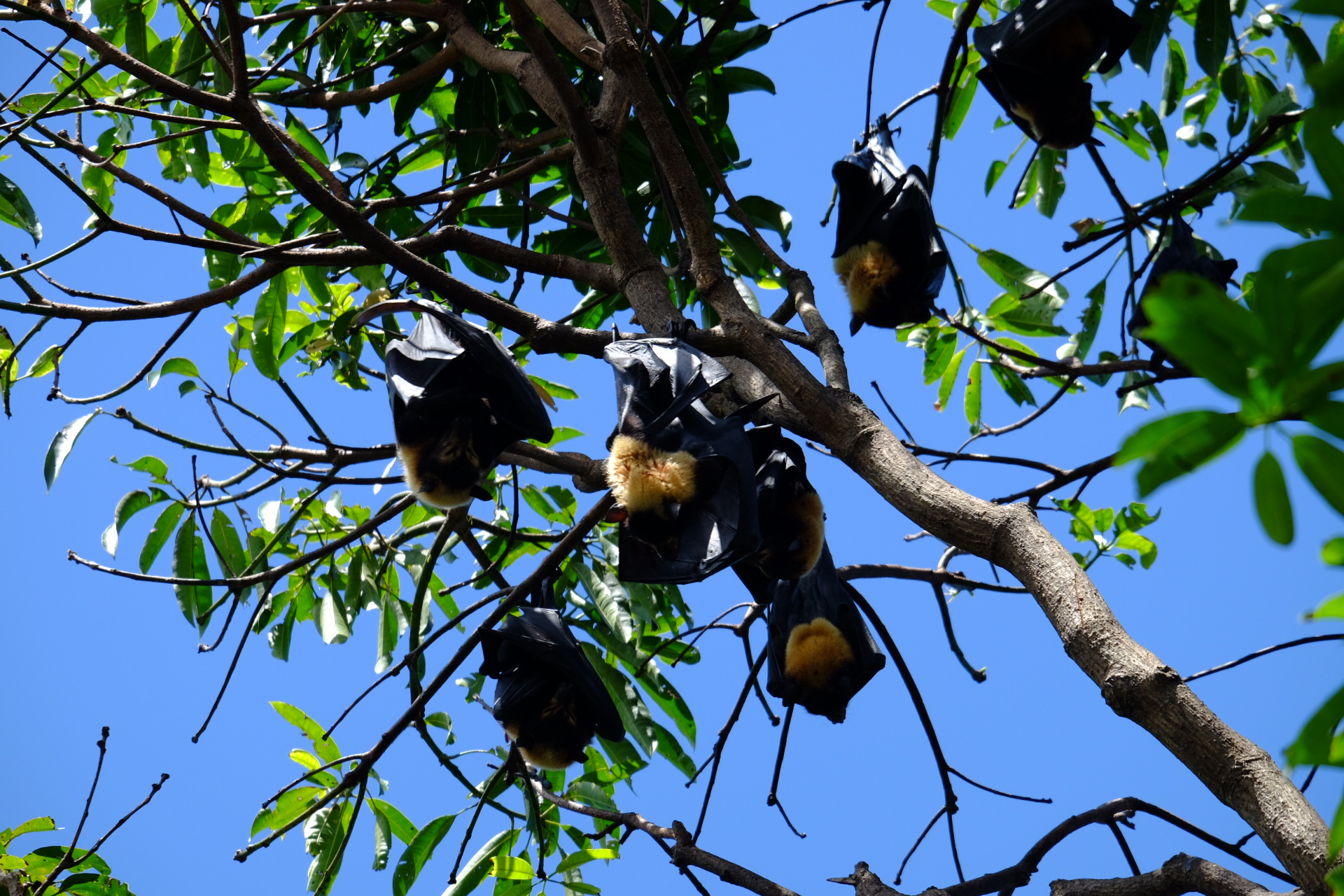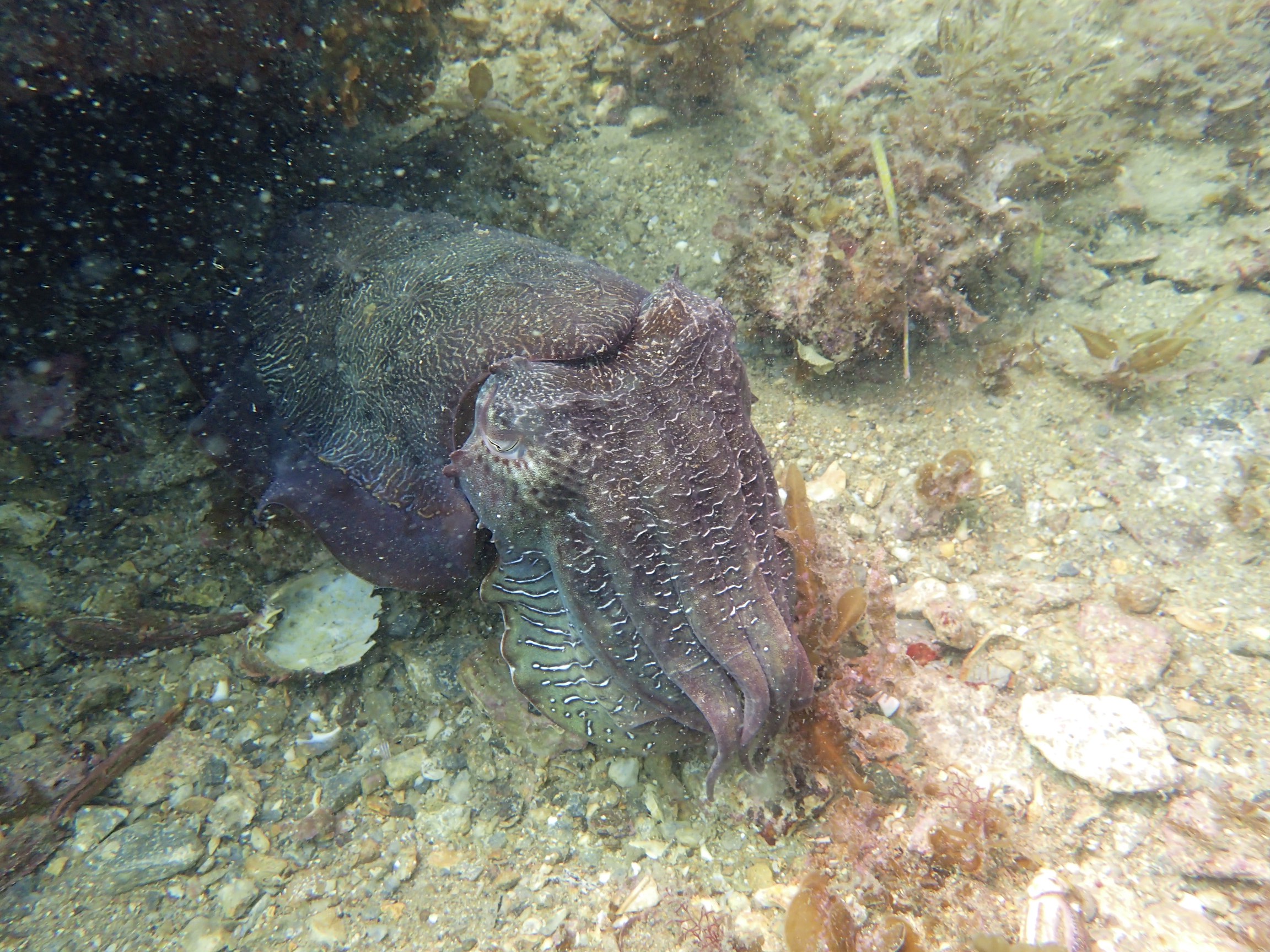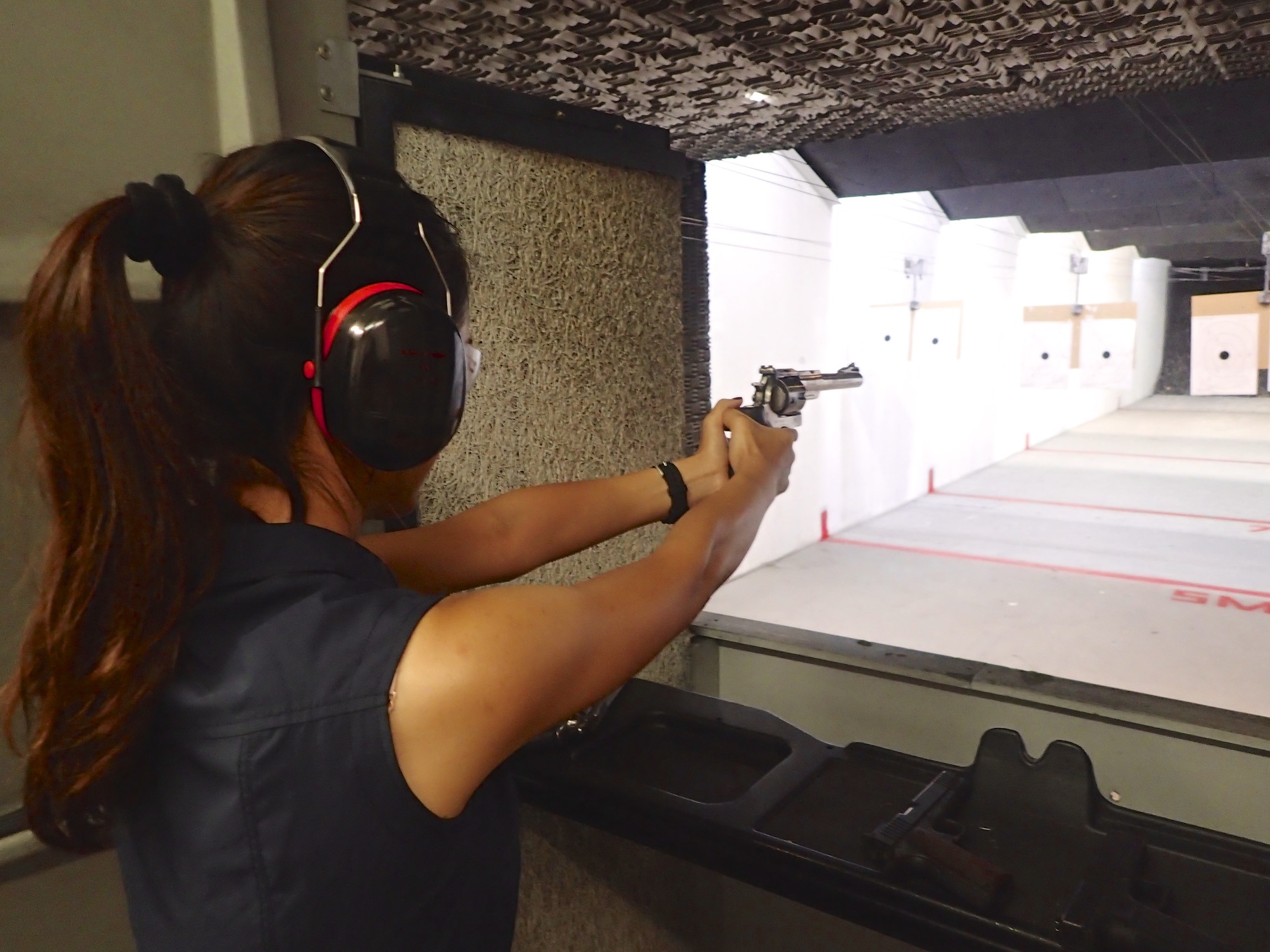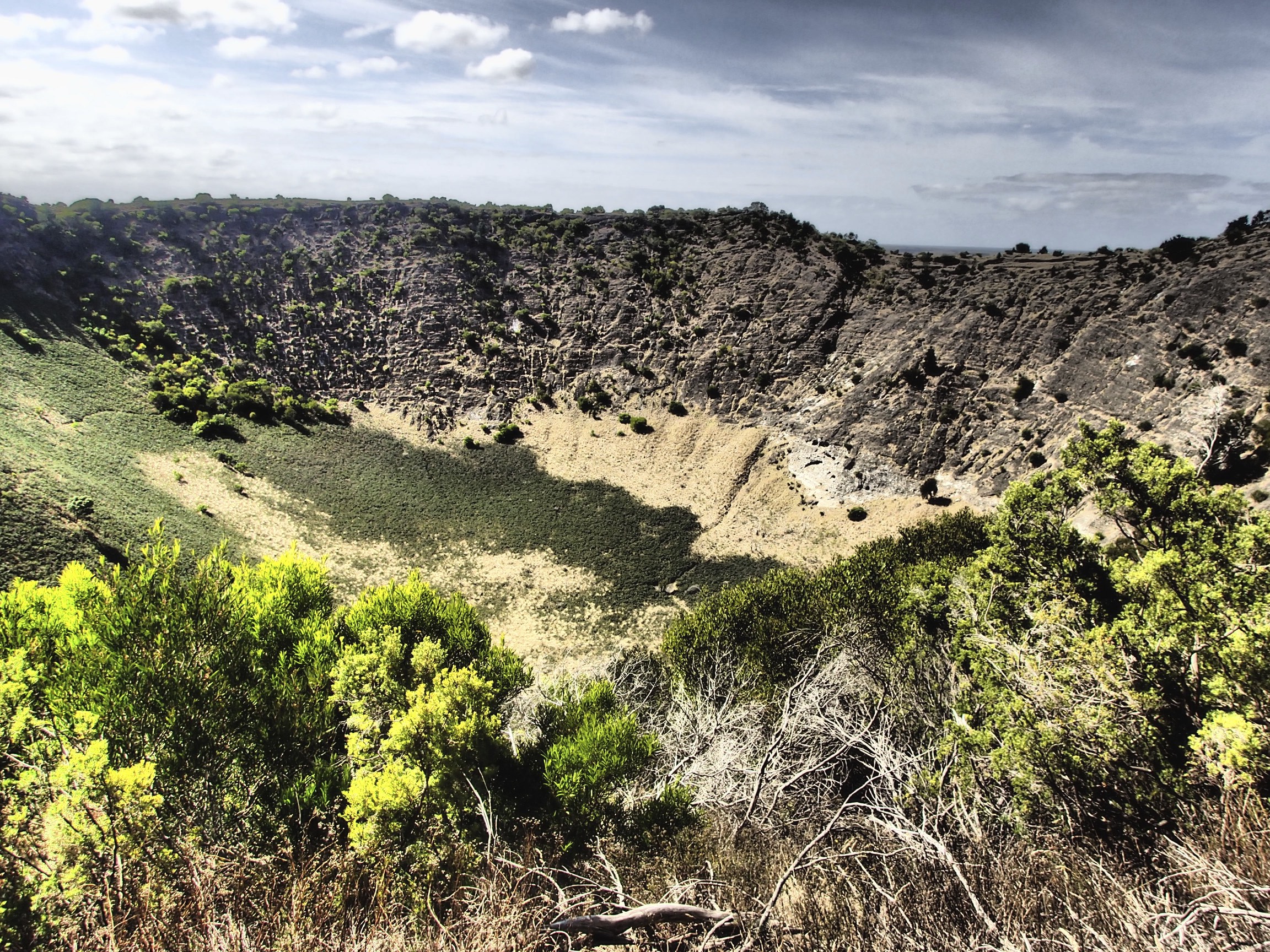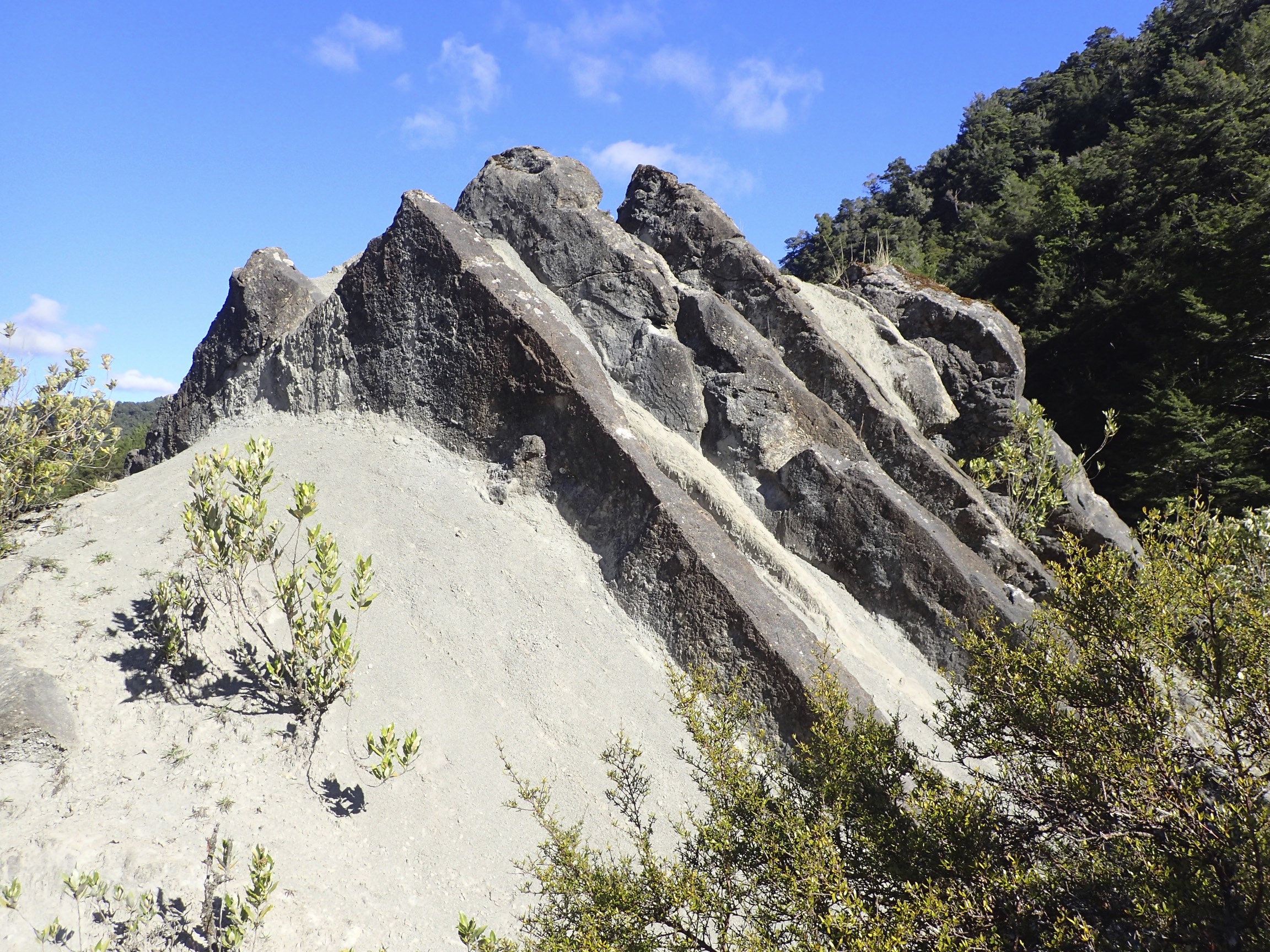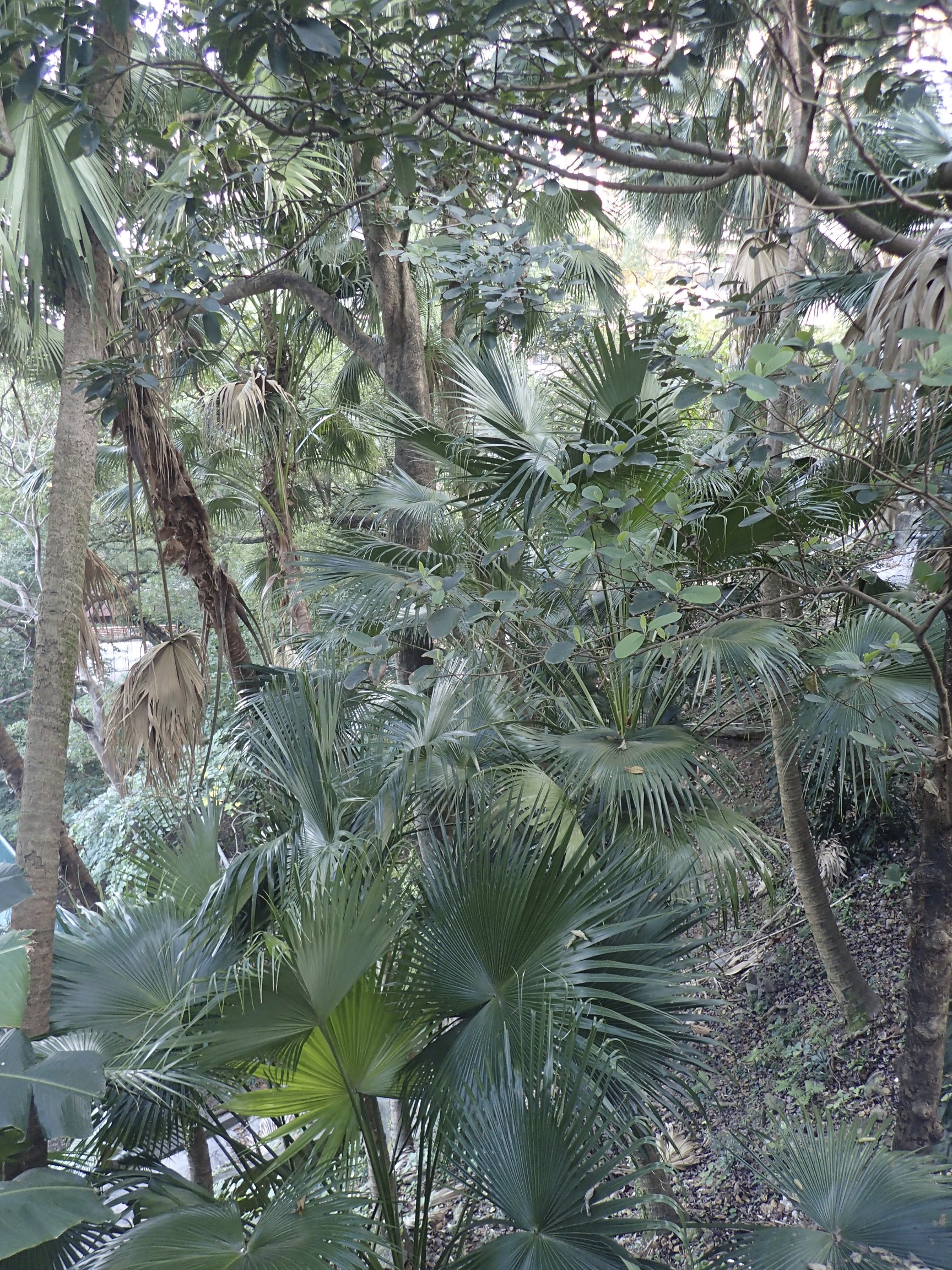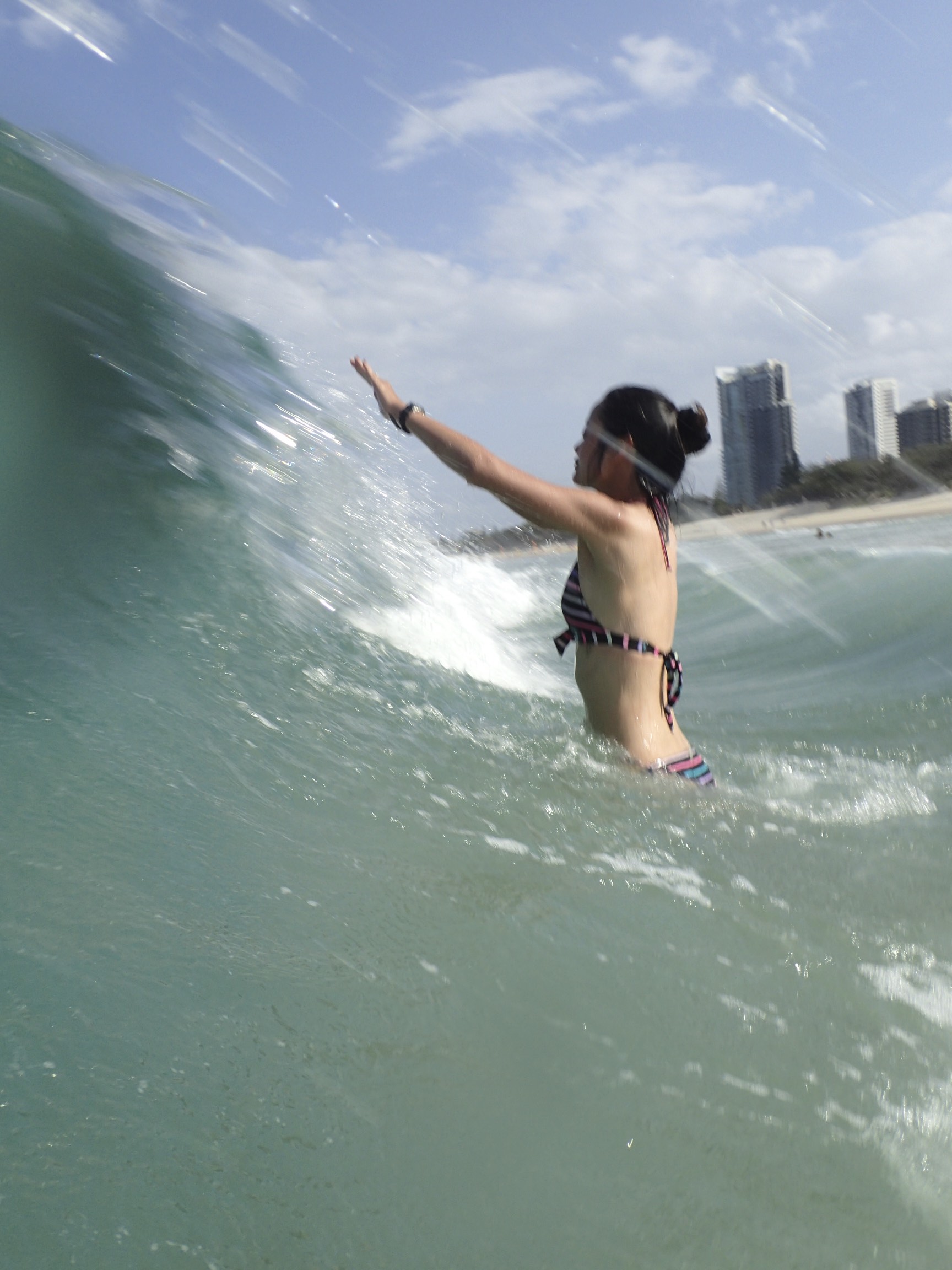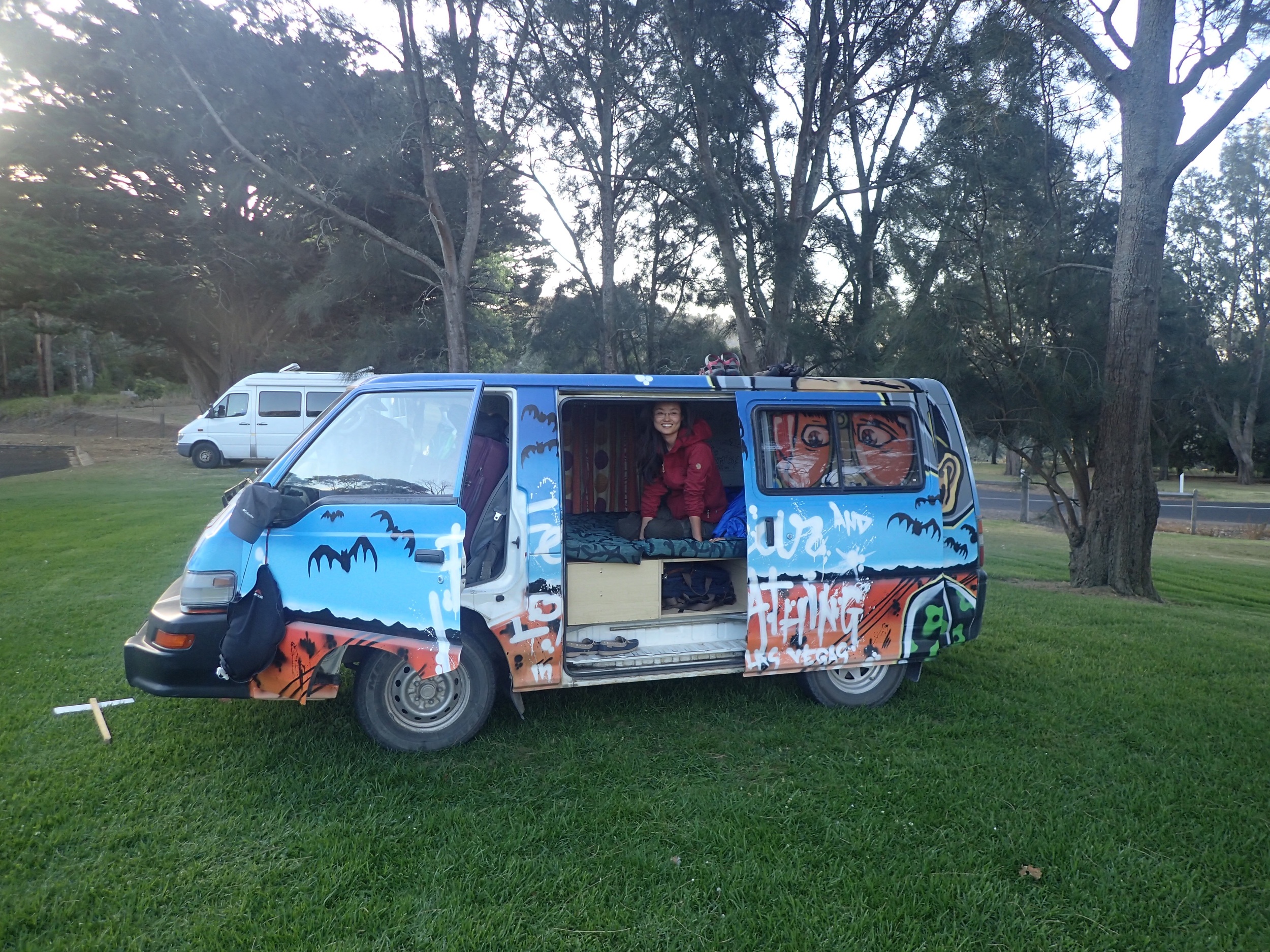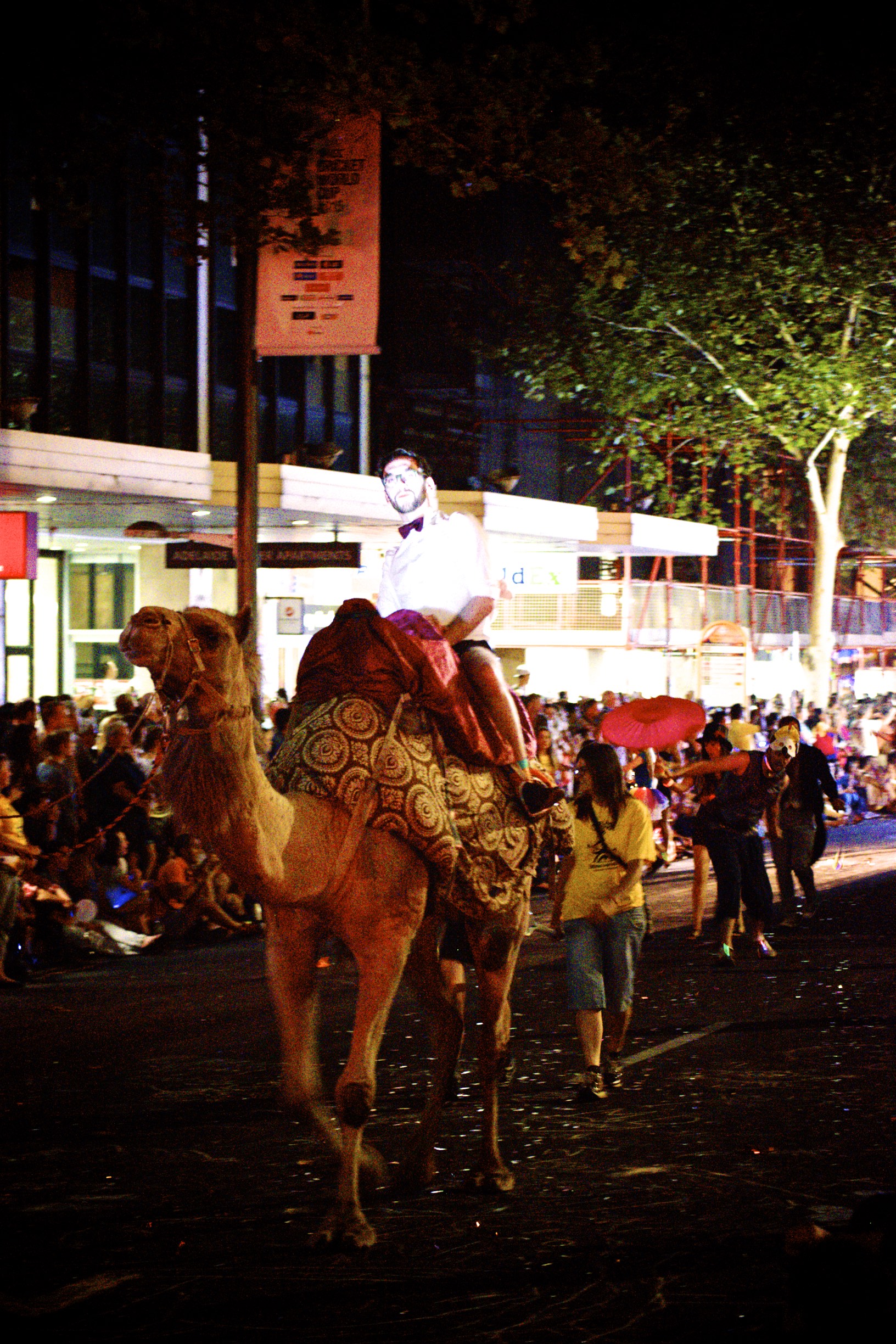Global view in Amsterdam.
Travel became so much the norm for me now, that most of the path is described in my normal blog. There is no base from which I do "trips" now. But it is all one long journey, since the end of November 2014. Starting from Beijing, first some places Germany, then Amsterdam, Copenhagen. Then one month in Hong Kong, 6 weeks in Australia and New Zealand. Back to Germany. And now as I write these lines, I am sitting in London.
Sydney Rawson Institute for Seamen
Sometimes I try to make an analytical judgement on which might be a place to settle. But there are so many factors, which are completely random, but still making a deep impression. In the end it is more the what than the where, on which the decision will be based.
But a few things, I learned about travel itself. For example to stay in every place at least a week, if not a month. If you move around too much, you don't find the time to get things done, and you stay a tourist. Also it became quite conscious, that I don't like winters. They are cold, dark and you have to carry a lot of clothes. Traveling light is important: rather 15 kilograms, then 20. Also when you mix urban and real outdoor trips in one bag, this will get quite bulky and not appropriate for any of the two purposes. As we had to repurchase a lot of things, after our destroyed container from Beijing to Germany, this also lead to quite a "modernization". There are no heavy leather good or business suits any more. And when you live so minimalistic, you think twice, whether you buy a book on paper or electronically. I even have a luggage balance, with which I scale a pair of socks before I buy them.












